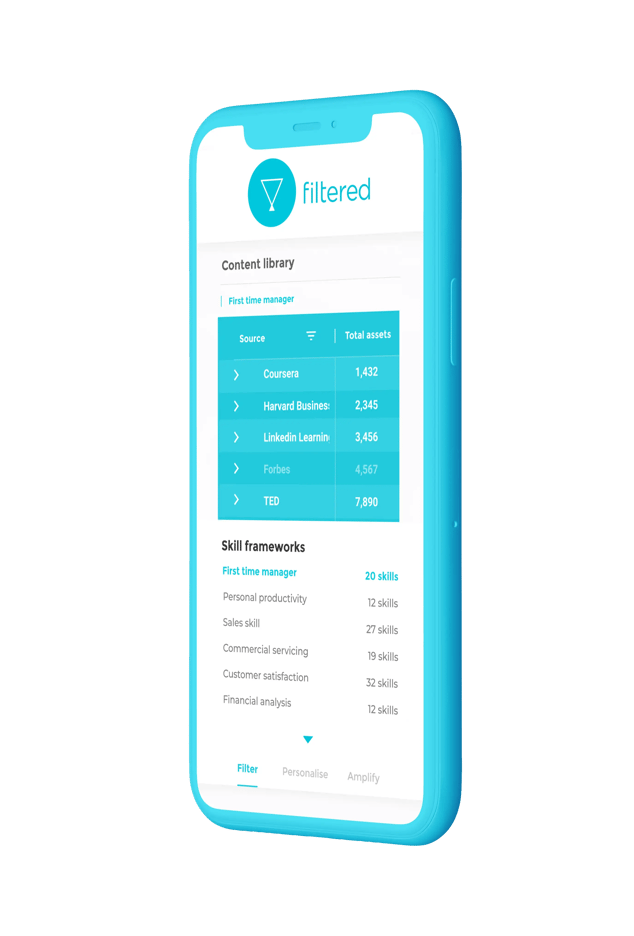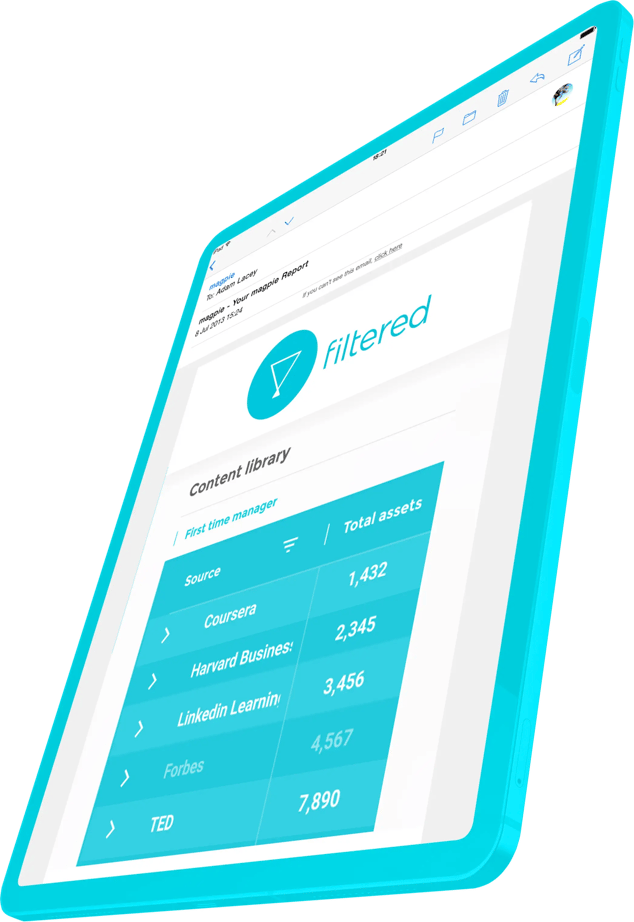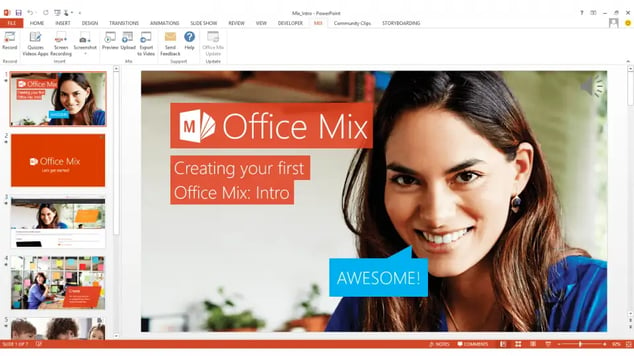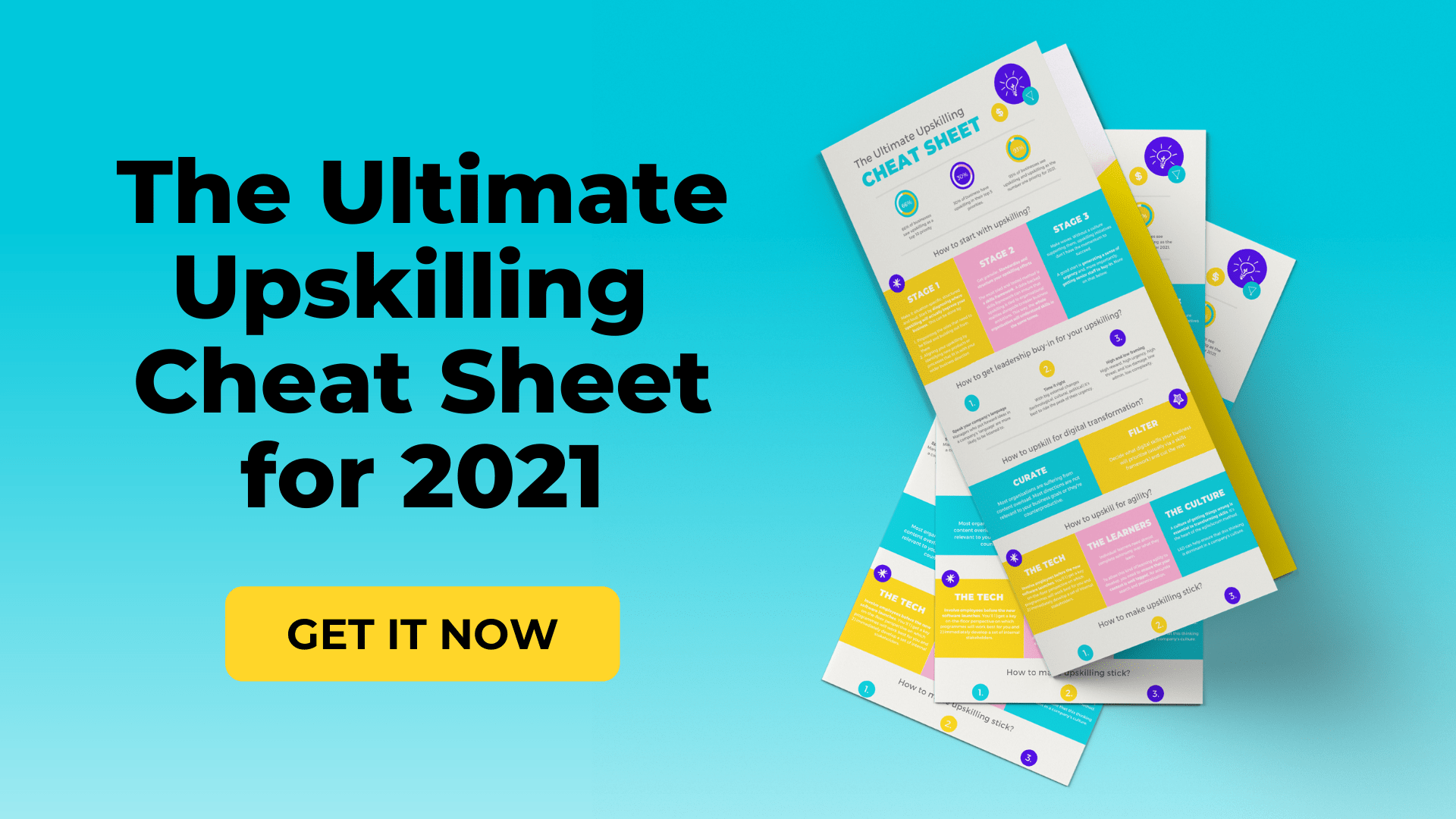Microsoft eLearning
Microsoft has announced a “new learning app for MS Teams”. Does that mean it’s game over for large parts of the learning tech market? Well, not quite. This post explains why in six sections:
- Microsoft and learning tech - a recent history
- COVID-19, #BlackLivesMatter, inequality and skills
- The rise of Microsoft Teams
- What we can expect from the app
- Can it compete?
- Filtered smart LXP and the Microsoft Teams learning app
TL;DR: Microsoft has made a big move but not a particularly bold one. It’s followed the natural progression to provide an LMS structure that will underpin the informal learning already going on in Teams, supported by content from Microsoft Learn and LinkedIn Learning. But it won’t be enough to enable the aspects of an advanced learning culture that drive real capability change as a standalone package.
1) Microsoft and learning tech - a recent history
Firstly, let’s remember that like any big software company, Microsoft has a large product training and certification offer which is already known as ‘Microsoft Learn’. This creates a bit of nomenclature overlap with any other learning offering, hence the awkward non-name of the ‘new learning app for Teams’. They have some thinking to do about the name.
Looking beyond Microsoft’s product training, it’s useful to recap a bit of the recent history...
In 2015 - shortly after the current CEO Satya Nadella began his famous transformation of the business from a ‘know it all’ culture into a ‘learn it all’ culture - Microsoft attempted a territory grab from Articulate with the ill-fated Office Mix, a free plugin that turned PowerPoint into a SCORM-compatible elearning authoring tool. Despite the obvious benefits of using a free tool vs Articulate, the market leader, Office Mix didn’t make a dent in its market share and stayed in beta. Microsoft’s commanding position in productivity software did not transfer into the learning tech market in this case.
A far larger and more successful move into HR tech came in June 2016 with the acquisition of LinkedIn, which had its own considerable business in talent management, recruitment and analytics solutions and had acquired the video-based training library Lynda.com about a year earlier.
Rebranded as LinkedIn Learning, this product has risen to become the market leader for corporate learning content. Its 16,000 courses, consisting of short videos and usually taking 30 minutes to an hour to complete, are incredibly appealing to buyers and end users alike (even if they are unlikely to develop much more than awareness of a topic). And we’ve heard that LinkedIn Learning is now talking to large customers (of which it has many) about trialling a learning experience platform which would evolve the product beyond a content library.
Over the past two years there has been justified speculation that Microsoft would enter the learning system market in its own right. After all its tools, from SharePoint to Yammer to PowerPoint, form the bedrock of corporate learning infrastructure.
But they also form the bedrock for every internal corporate function and there are plenty of them that Microsoft doesn’t solve for - there aren’t many other dedicated Microsoft HR apps, for example. Was the corporate learning market a big enough problem to solve for the 13th largest business in the world?
Earlier this month the employee experience architect Danny Seals placed his bet that yes, it was.
And hey presto, one week later, Microsoft made a series of major announcements in a blog post by its President Brad Smith, accompanied with simultaneous analysis by Josh Bersin, that confirmed its intent.
There's a lot in the announcement that I unpack below, but L&D attention was drawn immediately to the announcement of ‘a new learning app in Microsoft Teams’ which will allow employers to integrate world-class content from LinkedIn Learning, Microsoft Learn, a customer’s own content, and other content providers all in one place, ranging from instructor-led training to shorter, micro-learning content.
'The app will empower managers to assign and track learning progress and enable employees to have conversations around the content while also earning certifications and recognition for their new skills. Whether a new employee is onboarding, a manager is looking to sharpen a team’s skills, or a first-line worker is in the field needing immediate training, this new app will create a seamless experience for employees to learn in the flow of work.'
So here we are. But before discussing it in more detail, there are a couple of key contributing factors to cover that explain how employee training became a big enough problem for Microsoft (and not just its subsidiary) to solve.
2) COVID-19 and #BlackLivesMatter has made reskilling of huge economic importance
The ‘new learning app for Teams' announcement is part of a post which has for its main purpose an explanation of how Microsoft is responding to the challenges of a post-COVID-19 world. In its ambitious but measured contribution, Microsoft wants to upskill 25 million people.
Here we can see clearly how the employment crisis and the exacerbation of inequality in lockdown conditions has modified the social contract that exists between governments, companies and citizens. Microsoft now feels it has to do more to help.
And skills and education, as a motor for economic opportunity, are a good fit for its efforts. When the jobs of the future are more digital than ever, creating upskilling opportunities for marginalized communities is a good way a big tech company can help redress inequality.
This is not pure altruism. It's motivated by the same sort of rationale as the Marshall Plan, in which the US injected billions of dollars into a devastated postwar Europe to ensure that a politically stable and accessible marketplace would continue to exist for US exports. Facing a comparable economic cliff-edge, companies in the post-COVID-19 world must do more to create equitable growth (and demand for products and services) or face ongoing political and economic crises that will undermine the expansion of their customer base.
Put simply, for Microsoft to have an expanding audience of knowledge workers who will need licenses for its products, opportunities to become a knowledge worker in the first place need to be spread more fairly and more efficiently than they are now.
The three measures proposed by the blog post to upskill 25 million people are:
- 'The use of data to identify in-demand jobs and the skills needed to fill them;
- Free access to learning paths and content to help people develop the skills these positions require;
- Low-cost certifications and free job-seeking tools to help people who develop these skills pursue new jobs.'
This is the main substance of Microsoft’s announcements. Its primary levers are giving free access to the analytics and learning content library provided by LinkedIn, making its own technology certifications free or low cost to those affected by the unemployment crisis, donating $20m in grants to nonprofits, and ‘using our voice on public policy issues’.
But the blog post also identifies another problem: the failure of employers to adequately upskill employees themselves. Investment in training has stagnated since 2008 and the training provision itself is beset by three problems: 1) it’s hard to measure, 2) there’s a lack of engagement with training and cultural emphasis on training, 3) the experience is fragmented.
Enter the ‘new Microsoft learning app for MS Teams’. Just like you need a CRM to keep track of sales and marketing data and put it into action, says Brad, you need a system to manage and action learning in the flow of work. In short: Microsoft is entering the LMS space via MS Teams. Since this is a multibillion dollar market, Brad's announcement probably has more strategic commercial importance than the list of giveaways and grants. But why this - and why now?
3) Microsoft Teams is replacing the web browser as a work ‘platform’
The main reason that Microsoft can enter the LMS market with more confidence than it did the authoring tool market is the success of MS Teams. The explosive adoption of Teams during COVID-19 (jumping by 70% to 75 million active users between March and April) means that Microsoft now owns the space in which millions of people do work. Before, it only owned email, documents and spreadsheets and the rest happened in browsers. But through its system of tabs and channels, Teams is the browser (for work), just like Facebook platforms dominate how many people browse the web for leisure. It's far more natural for people to want a Microsoft LMS now that Microsoft owns the place you collaborate, not just your word processor and spreadsheets.
In particular, MS Teams has brought Microsoft a lot closer to the heart of day to day operations for small and mid-tier businesses, shopfloor workers, the education sector and the public sector. Below, I speculate that it is this market - the fast-growing mid-market for learning tech - that the new app has in its sights, rather than enterprise learning technology.
4) What can we expect - and when?
Though wrapped in noble guise and proclaimed in aspirational positioning pieces, the new app is recognisably an LMS at heart.
Here are the features we can make out from the video:
- Adds a tab containing curated and created training material which is available for a team/ channel - material from any source, the blog post claims
- In-house Microsoft Learn and LinkedIn Learning content can be launched / completed within Teams
- You can search for learning content in the same tab
- Allows managers to assign items of content to people in the team
- Provides another tab for those managers to track the content to people
- All the above is wrapped around with social features that contextualize learning and make it more engaging
So far, it looks like a basic learning platform offering which mirrors any modern LMS, and also some of the lookalike systems trying to tailgate the already diminishing LXP bandwagon. Its big advantage is that it will come preloaded with Microsoft Learn and LinkedIn Learning content and will presumably be bundled free with the Microsoft 365 business subscription.
The biggest question left by the video is when the new app will be available. All that’s promised is that the app will be available for ‘preview’ later in 2020. A cynic would say that the app is probably no more than a twinkle in the eye for now.
5) Is it a serious competitor to an LMS or an LXP?
If the app stays as it looks now then there is something for the learning tech market to worry about, but not for the big enterprise systems. There are now an abundance of lightweight, simple learning platforms that do exactly what the learning app says it will do. These include start-up offerings and the more productized, plug-and-play offerings developed by established companies. I’m thinking of fluid, functional but relatively feature-lite products like Thrive, Looop, Hive, 5app, SAP Litmos, Edapp, and so on.
These products, catering to the mid-market, don’t offer much that could improve on the Microsoft learning app for Teams, apart from integrating with different, less expensive content libraries that the customer may prefer to LinkedIn Learning. But even then, a small company may stomach the big cost of licenses for LinkedIn (given how much users love it) if they are getting a simple LMS thrown in.
But bigger players like Cornerstone or Success Factors don’t have anything to fear from this app for a number of years (or perhaps ever). The devil is in the detail when it comes to LMS systems. It’s not the UX but the nuances of things like enrolment workflows, triggers, permissions and access management, reporting, user grouping and links outwards to HR and talent systems, that make it hard to buy or sell an enterprise LMS and even harder to displace it once it's there - over time, the customer has no choice but to adapt its own processes to fit the vendor’s codebase.
There’s no way Microsoft will be able to do more than nail the basics between now and when they release this in 2021, let alone all of this stuff. I also doubt, with Microsoft’s clear focus on taking its products (via MS Teams) to the mid-market, small businesses and the education sector, that the company will ever want to try to boil this ocean of fiddly functionality.
6) How about the Filtered smart LXP for Microsoft Teams and the new app?
We’ve been talking about using Microsoft Teams for learning for over a year, because we believe - as Microsoft does - that it’s going to be the future of work, and of learning. Indeed, the two are interdependent in a knowledge economy. That’s why we developed an LXP integration for it. And we’re glad Microsoft has finally put its money where its mouth is too.
Of course, there is some overlap between the Microsoft app and our smart LXP. We also make available curated content inside a tab in Teams and we aim to eliminate the distance between learning and the workflow, just like this app does.
 The big difference is that the smart LXP is a product that seeks to promote learning and behaviour change through personalising at scale and getting the right content to the right people at the right time, not just managing it.
The big difference is that the smart LXP is a product that seeks to promote learning and behaviour change through personalising at scale and getting the right content to the right people at the right time, not just managing it.We’ve found that most customers don’t need another way to distribute content to achieve the change they want to accomplish. What they need is a way to filter all the content they manage already, add in the best curated content and make all of that relevant to everyday challenges. That’s what our smart technology does - it takes a change initiative, personalises it and puts in the hearts and minds of your people. The new Microsoft app will not overlap with this ambitious goal. In fact, it just might help us achieve it.

For smaller customers or initiatives happening outside the main enterprise LMS, the new app will complement what we do perfectly. The lack of a good native LMS for MS Teams was always the big missing element in the argument that you could avoid buying an LXP just by adding the Filtered technology to Teams. But how can I use Teams to manage, assign and track learning content, we kept getting asked - don’t I need an LMS or LXP to do that? Now, you have an answer.
The smart LXP for Microsoft Teams helps put change at the centre of where people work. Check it out here.





